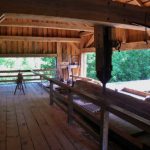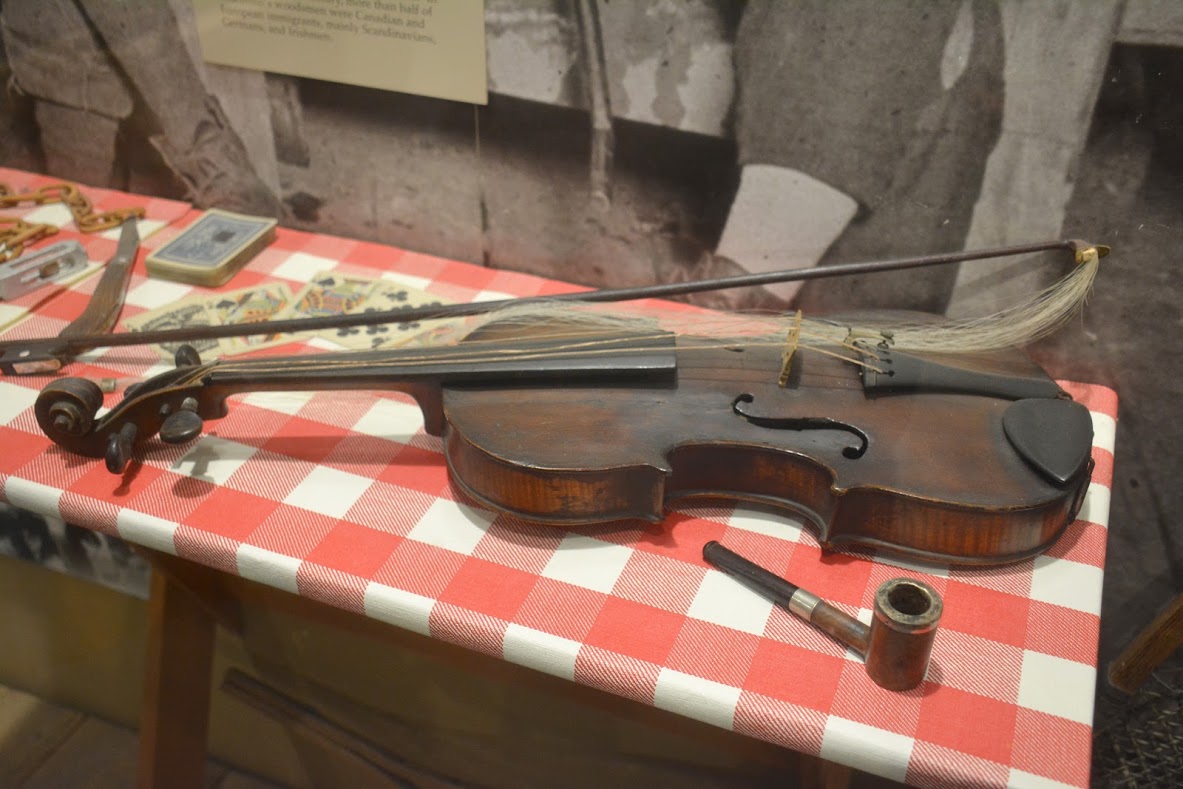
As the lumber industry flourished in Wisconsin beginning in the 1840s, immigrants from all over Europe and Canada came to live and work in the Northwoods of Wisconsin. All winter, men called lumberjacks would cut down pine trees, preparing the timber to be used as building material, or sometimes to be turned into pulp or paper. Since this logging had to be done deep in the forest away from settlements, lumberjacks built their own camp, with buildings called bunkhouses, to stay in during the winter. In these camps, lumberjacks would come together after long, hard days of logging to eat, to sleep, and to entertain themselves as best they could.
One of the most popular ways for lumberjacks to entertain themselves was to play music on a fiddle, a stringed instrument more commonly called a violin. By the 1800s, fiddles were mass-produced in Germany, and many of those made were exported to North America where they were sold by mail order or in music stores. Many German immigrants coming to Wisconsin also brought fiddles with them from Germany.
The fiddle was a popular instrument for several reasons. First, it was versatile enough to accompany both slow, sad ballads as well as lively jigs. Second, it was small enough to keep in a flour sack and carry on a horse or wagon. Finally, it was easy for beginners to learn the basics of playing.
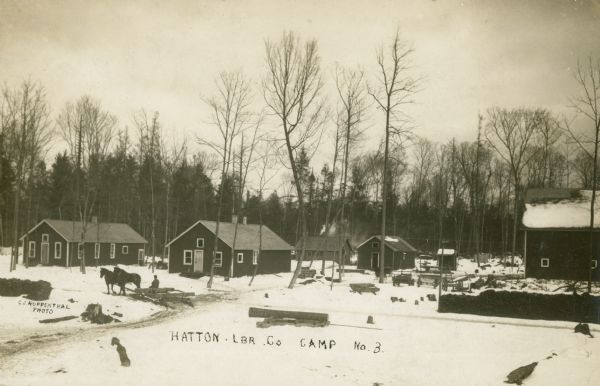
Using a fiddle, lumberjacks could play folk songs to remind themselves of home or provide music to accompany a dance. In fact, during Christmastime and other holidays, the lumberjacks who stayed in the camp would often all square dance together!
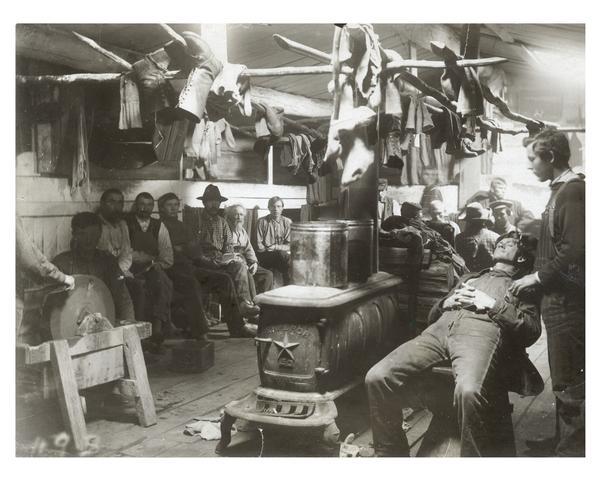
Many lumberjack songs came from camps like these. The songs were sometimes about the daily routine of chopping and hauling logs in a lumber camp, but some were also romance stories, adapted from Irish folk songs, about lumberjacks and their lost loves. While these songs were generally accompanied by a fiddle, lumberjacks would also carve flutes and make simple percussion instruments to go along with the music.
For recreation, lumberjacks also often played cards, carved toys and other figures out of wood, and told stories. Some of the most famous of these stories are the stories of Paul Bunyan, a legendary giant lumberjack with a pet ox named Babe. Lumberjacks would tell each other tall tales of Paul Bunyan’s life: how he cut down ten acres’ worth of trees with one swing of his axe, or how the pancakes for his breakfast had to be made on a griddle the size of a man’s bed. These stories grew more and more absurd the more they were told, and the more absurd, the more fun it was for the audience.
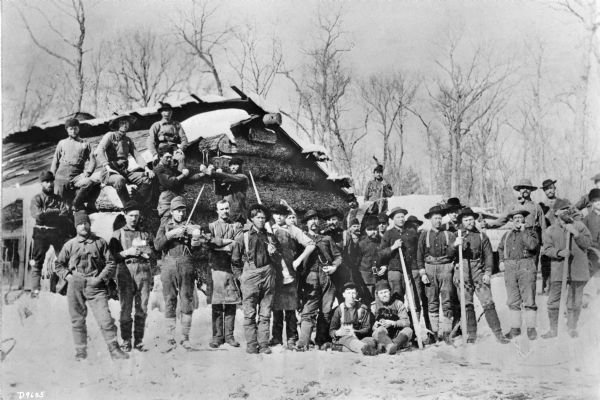
Tall tales like those about Paul Bunyan reflect exaggerated versions of the daily life of a lumberjack, and they also help us understand the limits of what people in the past thought was possible. In the mid-nineteenth century, when lumberjacks swung axes or used saws, a single person cutting an acre of trees seemed superhuman. It doesn’t seem so impossible today when trees are cut with large machines.
These traditions of music and recreation lasted long after logging practices changed. To this day, people in Wisconsin, and beyond, still play the fiddle, relax with a game of cards, and tell each other crazy stories to stay entertained!
Listen to two musicians play an adapted version of a lumberjack tune on Minnesota Public Radio. Or listen to this tune from the lumberjack camps of Minnesota!
This story is part of the Wisconsin Historical Museum Mini Tour
Written by Audrey Palzkill, October 2018.

